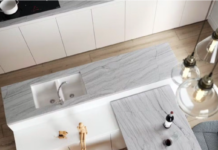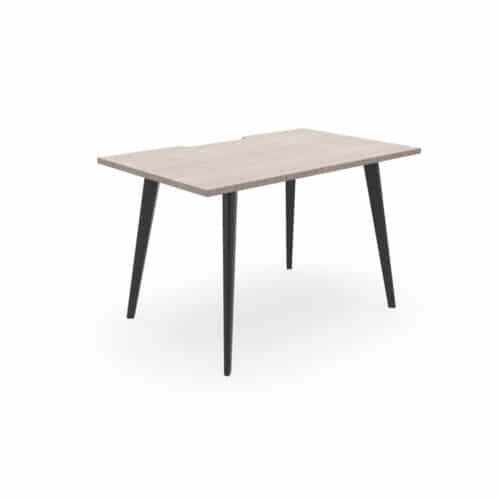Tiled surfaces add a touch of elegance and durability to bathrooms, kitchens, and even outdoor patios. But over time, dirt, grime, and soap scum can accumulate on both the tile and the grout lines, creating a dull and dingy appearance. Fear not! With the right techniques and a little elbow grease, you can restore your tile and grout to their original shine. Here’s a comprehensive guide to tile and grout cleaning, exploring effective methods and when to consider professional help with pressure cleaners.
- The Power of Prevention:
The best defense against stubborn grime is a good offense. Develop a regular cleaning routine for your tiled surfaces. After each shower or bath, squeegee away excess water to prevent soap scum buildup. Wipe down countertops and floors with a damp microfiber cloth to remove daily dirt and spills. Regularly sweeping or vacuuming tiled floors prevents dirt and debris from getting ground into the grout.
- DIY Cleaning Solutions:
For routine cleaning, you can create effective and natural cleaning solutions. A simple mixture of white vinegar and water is a powerful yet gentle way to tackle soap scum and grime. For stubborn stains, baking soda can be added to the vinegar solution to create a gentle scrubbing paste. Apply the cleaning solution to the tile and grout, let it sit for a few minutes to loosen dirt, and then scrub with a soft bristled brush or a grout cleaning tool. Avoid using harsh chemicals or abrasive sponges, as these can damage the tile surface. Always rinse the surface thoroughly with clean water to remove any cleaning residue.
- Deep Cleaning for Grout Revival:
For deeply embedded dirt or heavily stained grout, a more intensive cleaning approach may be necessary. Here’s where a stronger cleaning solution or even a commercial tile and grout cleaning product can be helpful. Always follow the manufacturer’s instructions for dilution and application. Be cautious when using commercial cleaning products, especially on porous tiles, as some chemicals can be too harsh. Test the cleaning solution on an inconspicuous area first to ensure it doesn’t discolor the tile.
- Steam Cleaning: A Natural Approach
Steam cleaning is a natural and eco-friendly way to tackle tough grime on tile and grout. Steam cleaners utilize high-pressure vapor to loosen dirt, kill bacteria, and remove mold without harsh chemicals. This method is particularly effective for removing greasy or oily stains from kitchen floors. When using a steam cleaner, ensure you follow the manufacturer’s instructions for optimal results and safety.
- Pressure Cleaning: When to Call in the Professionals
For heavily soiled outdoor tile surfaces, ingrained mold or mildew growth, or extensive grout staining, consider pressure cleaners. Pressure cleaners use a powerful stream of water to remove dirt, grime, and even loose paint. However, pressure cleaners can be dangerous if not used properly. Using too high a pressure setting can damage tile or even loosen grout lines. If you’re unfamiliar with pressure cleaning or uncomfortable using it yourself, it’s best to hire a professional cleaning service for optimal results and to avoid any potential damage to your tiled surfaces.














